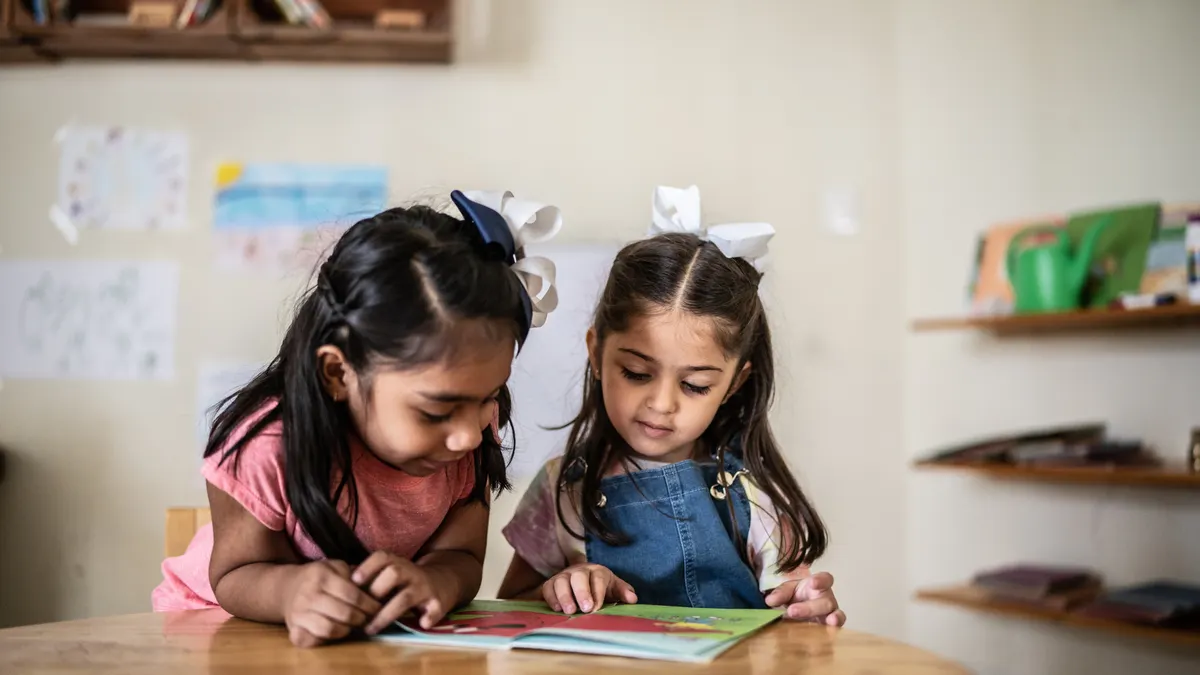Kimberly Johnson loved the end of the school day, when she would see garbage cans almost empty, except for her students’ plastic-coated milk cartons. To the 5th grade teacher at Franklin Elementary in Missoula, Montana, that meant the “zero waste” program she’d launched with her students had made an impact in her class — and hopefully outside its walls.
Johnson is a firm believer that an ecology and recycling curriculum seeds itself beyond the classroom, into her students’ homes and even in the way they interact with their peers.
“When you let the students figure out what the problem is and why it is a problem, and then let them find some solutions, they own it,” Johnson said in an email. “When we go on field trips, the kids challenge each other to bring zero-waste lunches!”
Feeling good, winning awardslv
Schools looking to stitch ecology, recycling and even composting into the curriculum are finding a lot of support these days. Most are taking a broader step then the supermarkets' and city governments' moves to banish plastic bags, and are looking for inspiration online and from programs specifically designed for schools. The National Wildlife Federation’s (NWF) Eco-Schools USA Program and the U.S. Department of Education’s Green Ribbon Schools award are two organizations that help administrators and educators get started on a green path.
Lanier Middle School, in Fairfax County, Virginia, was named a 2018 Green Ribbon School for its ecology journey that started in 2009. That’s the year the school registered with NWF’s Eco-Schools program, Faiza Alam, the school’s special education science teacher, who runs the initiative, said in an email.
Lanier started with teams of parents, staff members and students, and the project, which started in classrooms, eventually made its way in to the cafeteria. Today, the student-involved Eco-club, as its known, meets twice a week after school for two hours and during study hall, and has a recycling and "upcycling" component, where items that once may have gone into the trash bin are reused.
“All 7th graders are required to engage in a quarterly environmental stewardship project to help reduce negative human impact on our watershed,” said Alam. “Recycling is a big part of this requirement, where students not only recycle waste, but make craft from it through their art and science class projects.”
Reach out for partners
Franklin Elementary’s program benefited from starting just as the school itself opened the doors to a new school site. Johnson realized she could get staff members, teachers and students on a green path by making just slight changes to the way her classroom was designed. For example, she asked that paper towel dispensers not be installed in her room, and asked the school’s kitchen to not drop off paper napkins or plastic cutlery in the morning with breakfast. Her classroom uses cloth napkins, instead, along with silverware that gets washed.
Johnson sought outside partners as well, such as Missoula Compost, which volunteered to donate a year of free compost pick up for her classroom. A professor at the University of Montana also agreed to pick up a bag of any crinkly wrapper type paper (which can’t be recycled) every week, as one of his students is experimenting on how to turn the material into particle board.
“Reach out to the community,” she said. “Once we started and got our story in the newspaper, all kinds of organizations came to us.”
Lanier Middle School principal Erin B. Lenart says administrators should keep in mind that they need buy-in from staff members and teachers before launching any kind of school-wide ecology or conservation program. With so much of the responsibility falling on educators and people working at the school, there’s a need for staff members to be interested, and ideally passionate about such a program to keep people engaged in running he program.
The end result, though, is worth the effort, Lenart said, adding that she can tell her students are excited by the impact they’re having, and are aware of how their individual actions are affecting change in their school and their community.
“Middle school is a critical time in the development of a child,” Lenart said. “Experiences like the eco-stewardship and eco-awareness projects, and activities that Lanier provides its students can ultimately help shape the world we and they will live in."



















